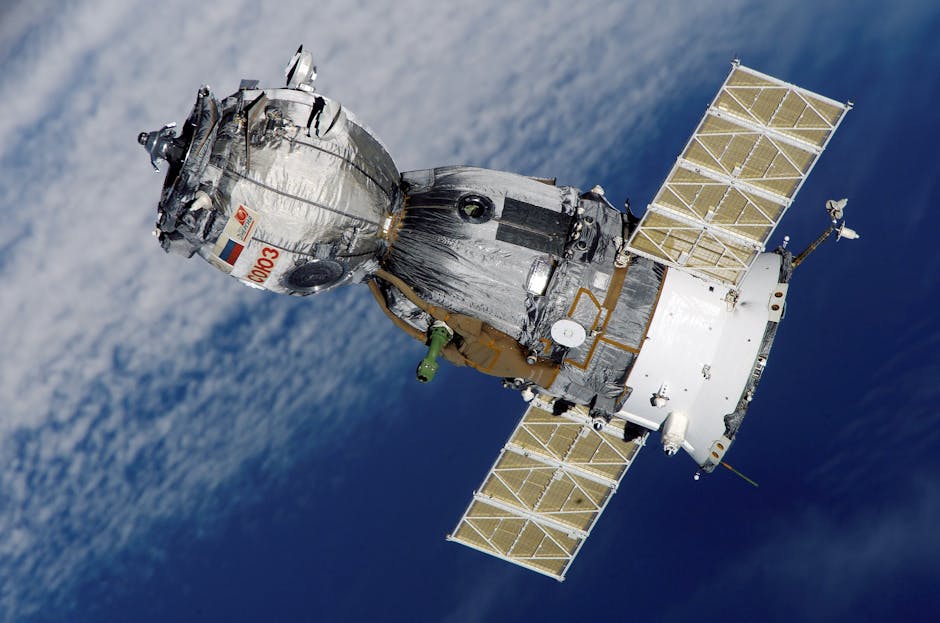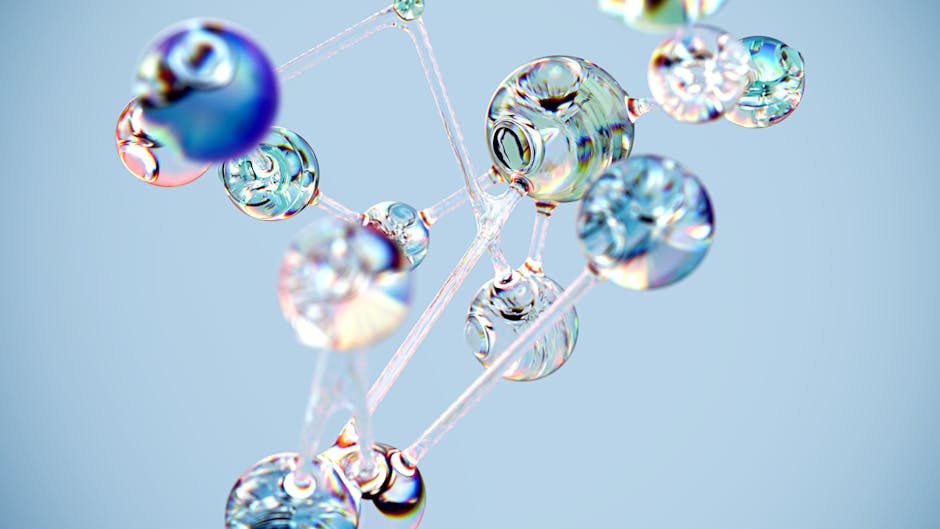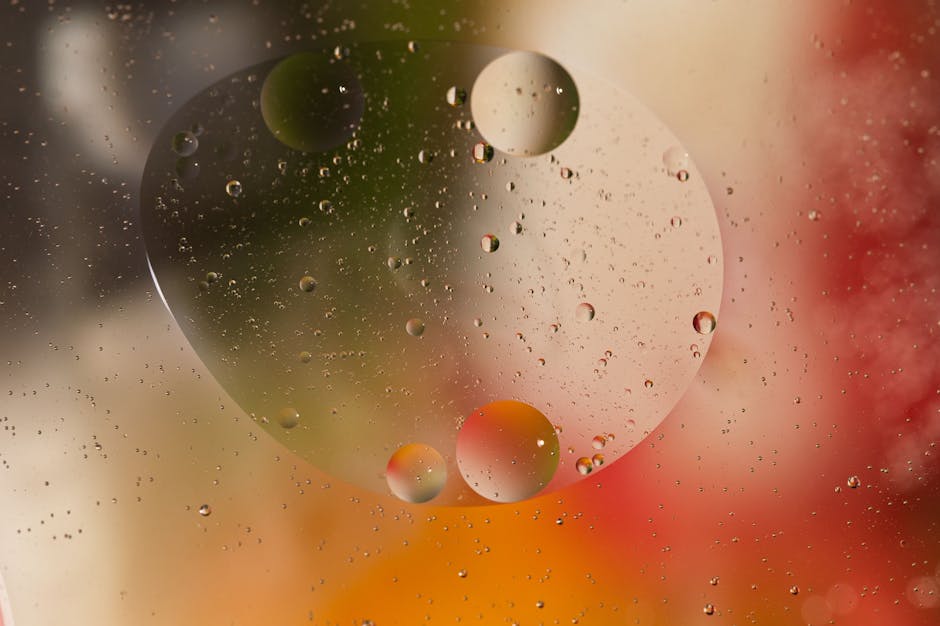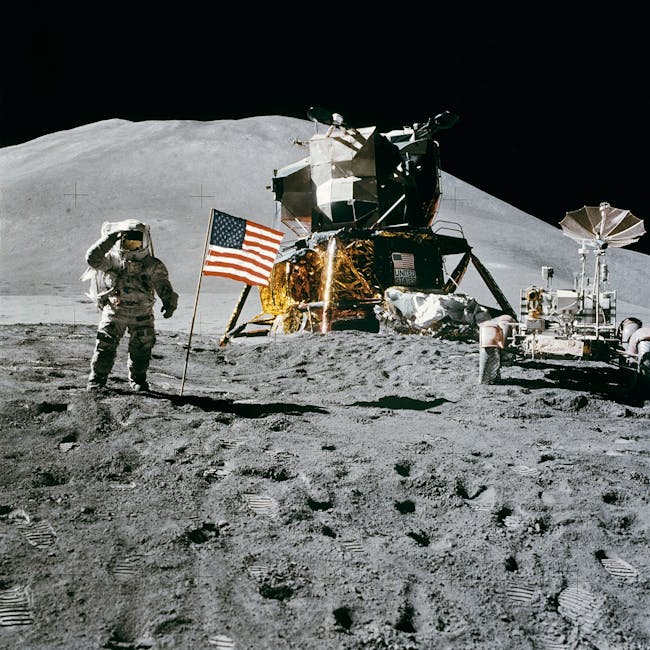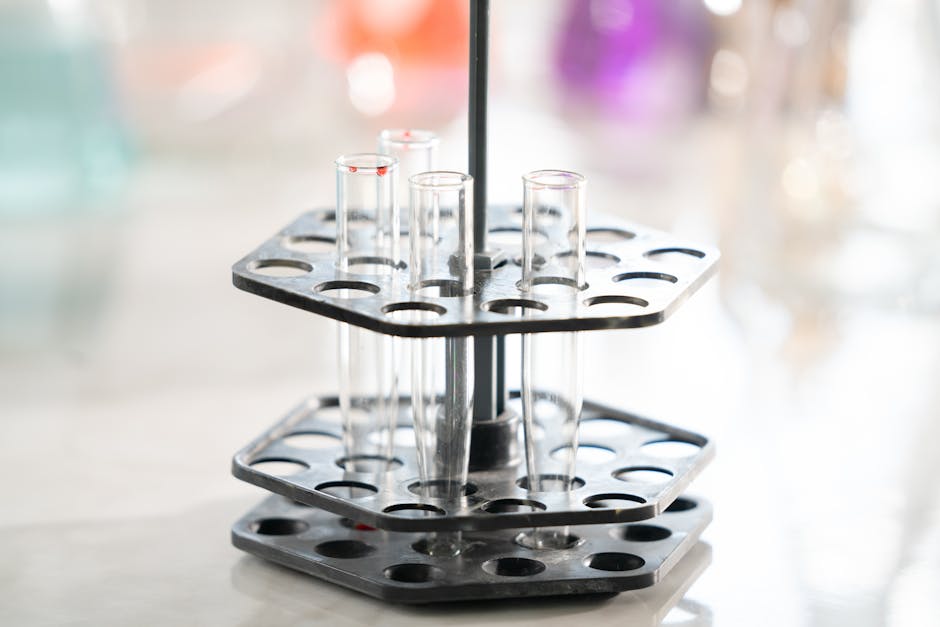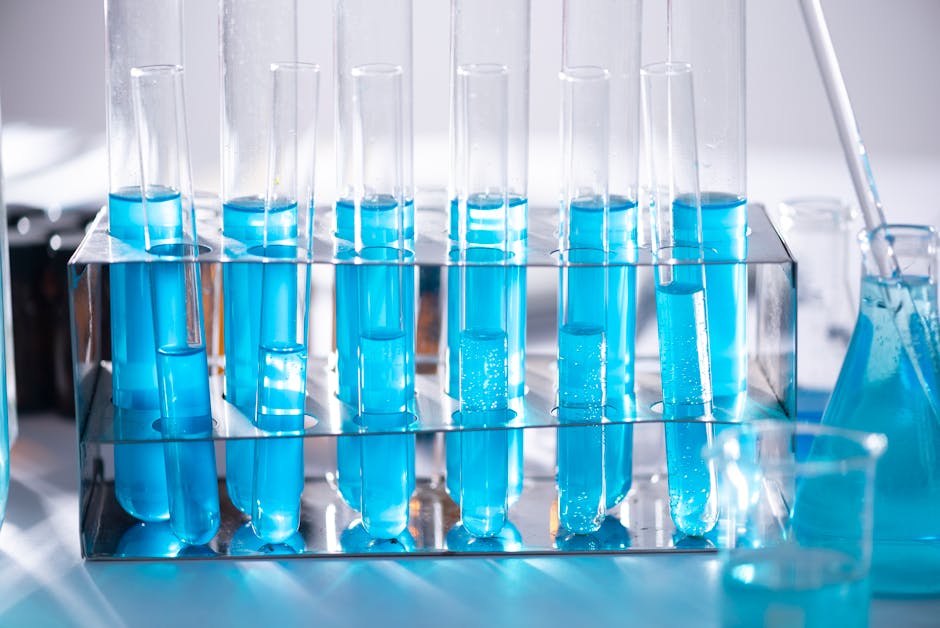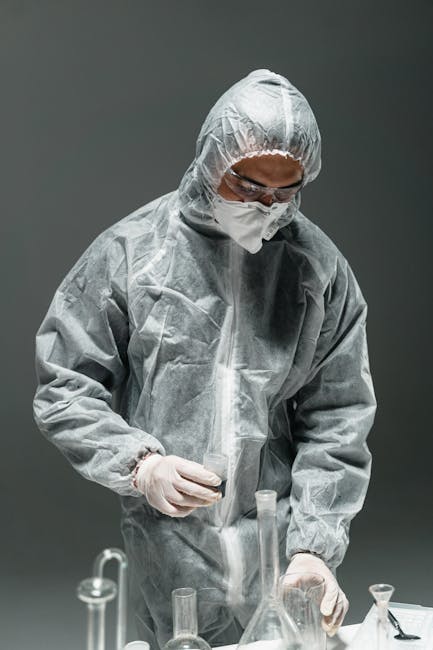Developing Sustainable Life Support Systems for Long-Duration Missions
The Core Challenge: A Delicate Balance in a Hostile Void The vacuum of space is a profound and unforgiving environment. For long-duration missions beyond Earth’s protective sphere—to the lunar surface, Mars, or deeper into the solar system—the fundamental challenge is replicating the life-sustaining services our planet provides effortlessly. A spacecraft or planetary habitat must become …
